[ad_1]
Just lately, I’ve pushed myself to take a look at third-party lens manufacturers from China, which provide attention-grabbing character at a comparatively low value. I needed to check out the lenses that value extra money however would possibly present a extra compelling consumer expertise and the Voigtlander guide focus primes could possibly be the reply.
Cosina has been making cameras and optics for a very long time and, beneath the licensed Voigtlander identify, has lengthy made glass for rangefinders, SLRs, and mirrorless cameras. Cosina is a Japanese lens producer and has an excellent status for making precision lenses.

I obtained my fingers on two of the quickest primes Cosina makes: the Nokton 50mm f/1 on Sony E-mount and the Nokton 40mm f/1.2 on Canon RF-mount. Canon has restricted third-party lens help for years and has caught a lot flak for doing so, however Cosina’s guide focus choices have been — up till just lately — the one choices Canon appeared okay with sanctioning. Seeing a lens just like the Nokton 40mm working seamlessly with full communication to the Canon R5 physique is fantastic, to say the least. I used to be desperate to attempt these lenses out nevertheless it needs to be understood that each lenses make an even bigger dent within the pockets. With each cameras and lenses in hand, I headed out for some testing.

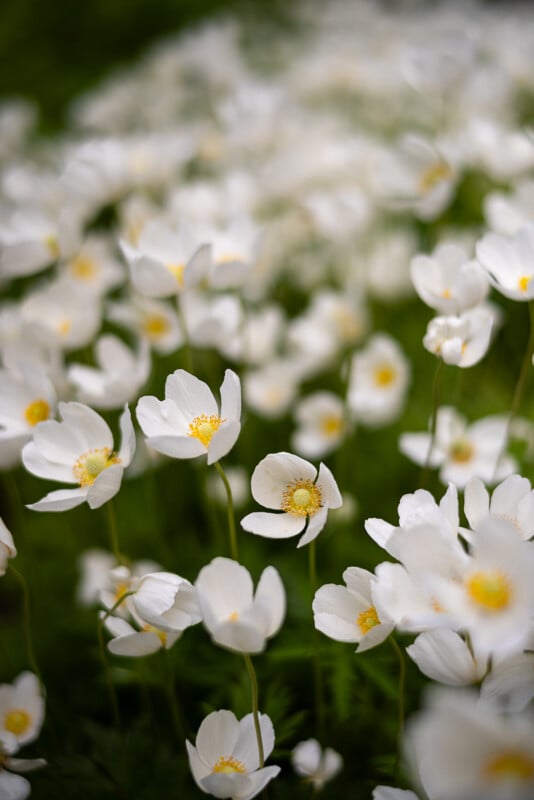
Voigtlander’s Dealing with is Chic
To be honest, a lot of the reasonably priced glass in the marketplace is machined properly, with smooth-turning focus rings, working aperture changes, and advantageous engraving on the metalwork, and that’s actually the case right here. Each Nokton lenses are machined exactly with {smooth} focusing and clear depth-of-field scales on the lenses. The 50mm f/1 is barely heavier at 16.9 ounces (480 grams) and has a bigger 67mm filter ring. The 40mm f/1.2 is barely smaller at 14.8 ounces (420 grams) and takes a 58mm filter on the entrance. I’ve no complaints in any respect in regards to the machining work, and the aperture clicks positively all through its vary. Filters are going to be necessary for these lenses as a result of brilliant and sunny days would require ND filters with the intention to use the brightest apertures and nonetheless get correct publicity. I wouldn’t get both lens significantly moist or dusty however the stable dealing with is paying homage to the finer-quality lenses from the analog images days.
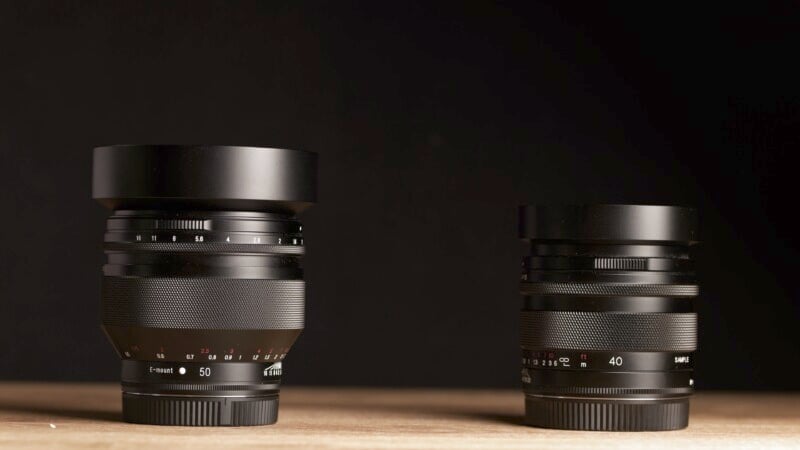
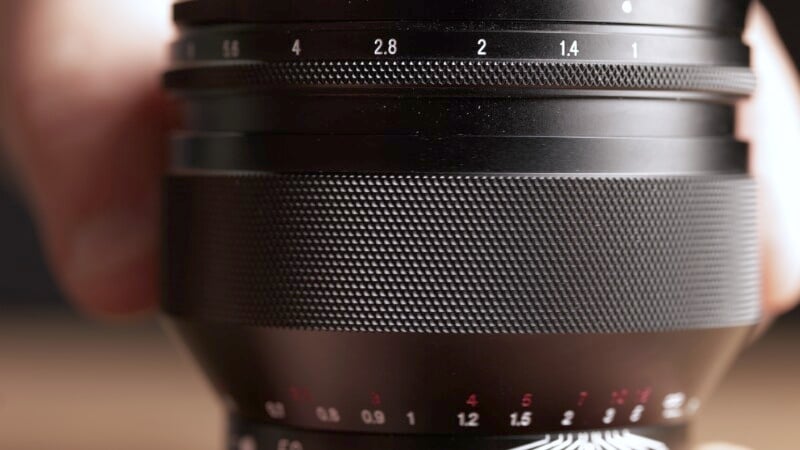
Most significantly, each lenses transmit full EXIF information to the cameras and subsequently to the photographs. I may see the identify of the lens, the chosen aperture, the focal size, and all the opposite great things we take without any consideration with trendy lenses. The digital camera our bodies additionally routinely regulate the IBIS items to appropriate for the focal size and the guide focus help performance works seamlessly too. My chief criticism with the extra reasonably priced Chinese language lenses is the dearth of communication with the physique, so having that performance right here with Voigtlander is sort of definitely worth the larger value by itself.
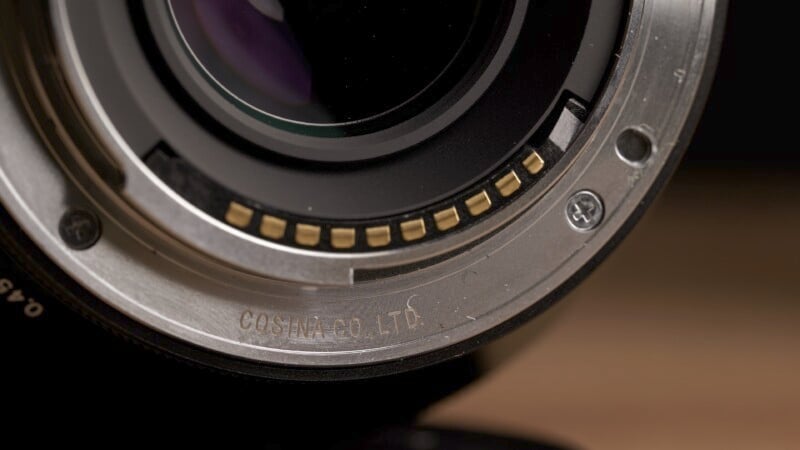
These Lenses Have Character
Each these lenses have character and I discovered that each really share character, which is to say that each lenses have very similar-looking outcomes. Consequently, I’ll largely point out issues about them collectively, declaring the numerous variations the place relevant. Shallow depth-of-field may be very simple to attain with both lens so let’s begin with the bokeh.

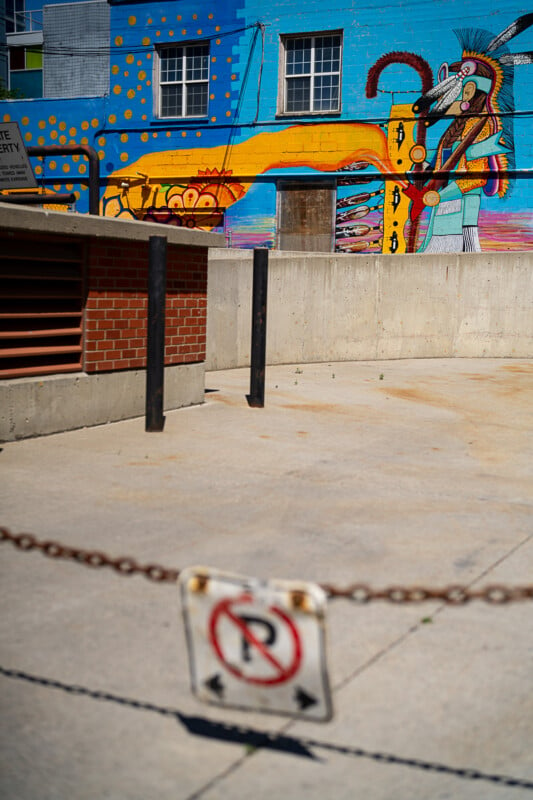
When stopped down, the 50mm f/1 aperture blades have a noticeably rounder look than the 40mm lens does, which ought to create a barely smoother look to the backgrounds and transitions of focus. Nonetheless, I discovered the outcomes to be virtually similar on each lenses. The corners of each lenses will present a considerably swirly-looking rendering at wider apertures and each lenses have a robust cat’s eye impact. The bokeh has a basic look that mimics Petzval-style lenses and is enjoyable for landscapes and portraits. Specular highlights are clear and freed from onion rings or any cleaning soap bubble look which is why each lenses have beautiful-looking bokeh general. Stopping the aperture down barely largely cleans up any cat’s eye impact and provides good {smooth} backgrounds that mix right into a wash of coloration and tone.
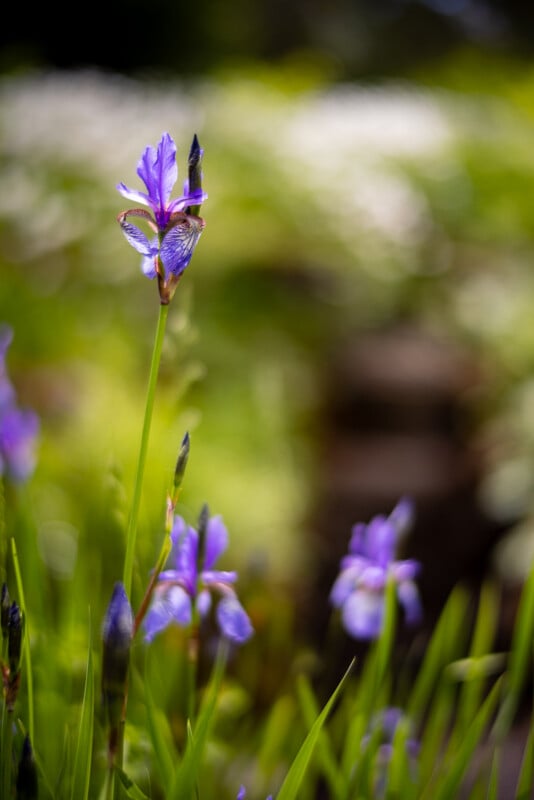

Flare resistance was one thing I used to be involved about as a result of lots of the lenses out of China appear susceptible to washed-out tones and wild ghosting when pointed towards brilliant lights. The Voigtlander lenses exhibit fairly the other, with glorious flare management general. Some lack of distinction happens on the brightest apertures however ghosting is properly managed, even when stopped down closely. Sunstars are moderately poor on both lens although, so I wouldn’t use them if this can be a precedence for you.
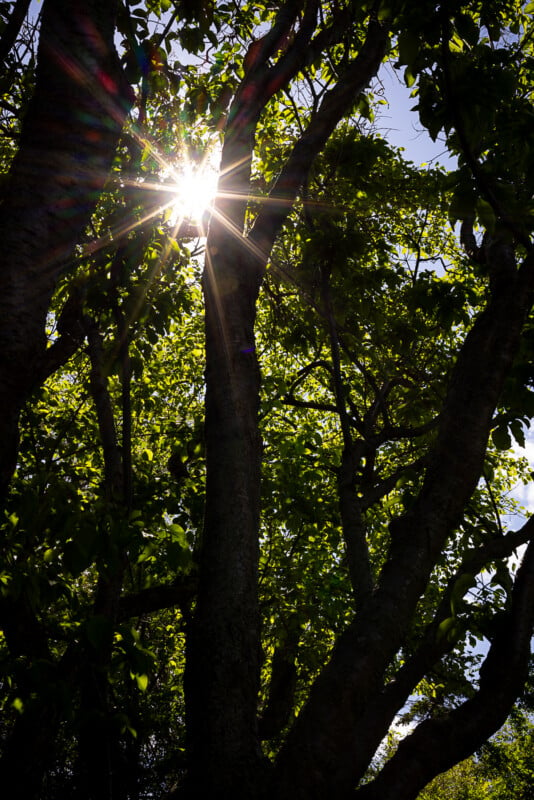

Extremely-bright lenses do are inclined to exhibit numerous LoCA, or longitudinal chromatic aberration. That is actually the case with each Nokton lenses, with each lenses having sturdy inexperienced or magenta coloration casts in any out-of-focus areas. Actually, I usually discovered myself manually focusing by using the LoCA, and If the picture skewed inexperienced or magenta I might refocus till it was impartial. That is clearly a poor consequence and could possibly be an annoying or distracting downside in some pictures. LoCA may be very troublesome to do away with in modifying so both be ready to go black-and-white or chalk it as much as “character”.
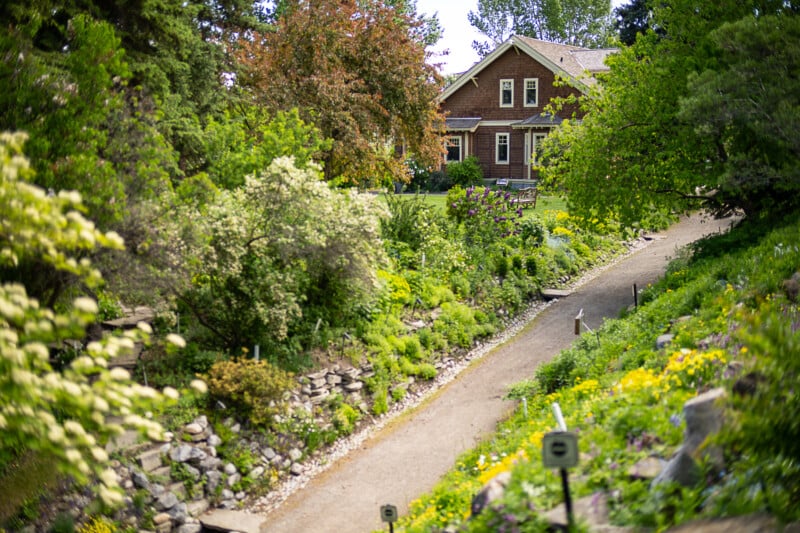
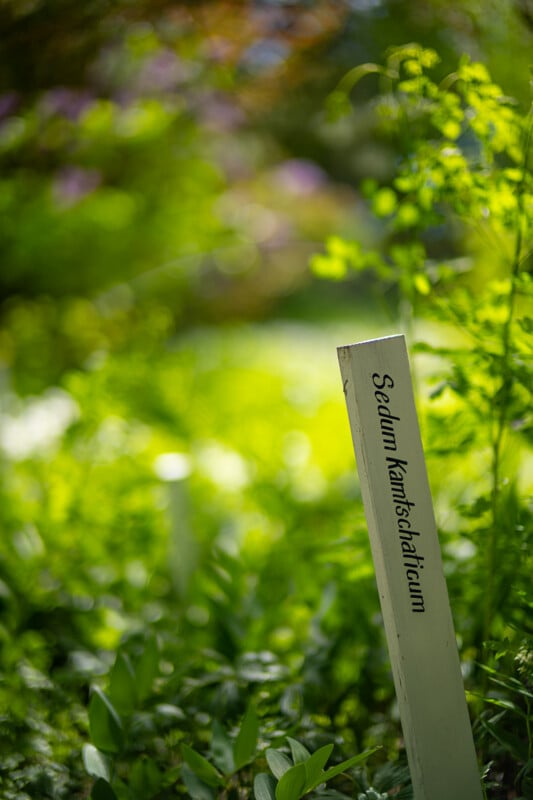
Sharpness outcomes are fairly comparable between our two Voigtlanders however there may be some deviation right here. The 50mm f/1 is the sharper lens when shot on the widest apertures. Though distinction remains to be low at f/1, the 50mm does retain first rate element and sharpens up in a short time with even a bit stopping down. The corners are fairly poor on each lenses with heavy vignetting as properly, however the 50mm f/1 does a significantly better job vast open, each within the heart and the corners. Regardless, I’d preserve topics pretty central or cease the aperture down a number of clicks when potential.
The 40mm at f/1.2 is sort of low-contrast and likewise has a little bit of a blurry look to it which might be distracting when capturing stark topics in opposition to a faraway background. By f/2 the lens is nice and the blurry impact is gone however these corners endure greater than the 50mm lens does. I’d actually use these lenses wide-open for portraits and road pictures however these usually are not astral-photo lenses regardless of the intense apertures.
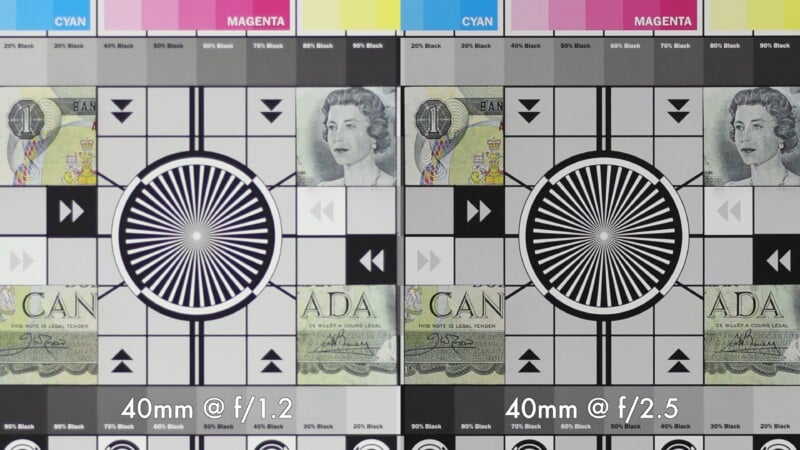
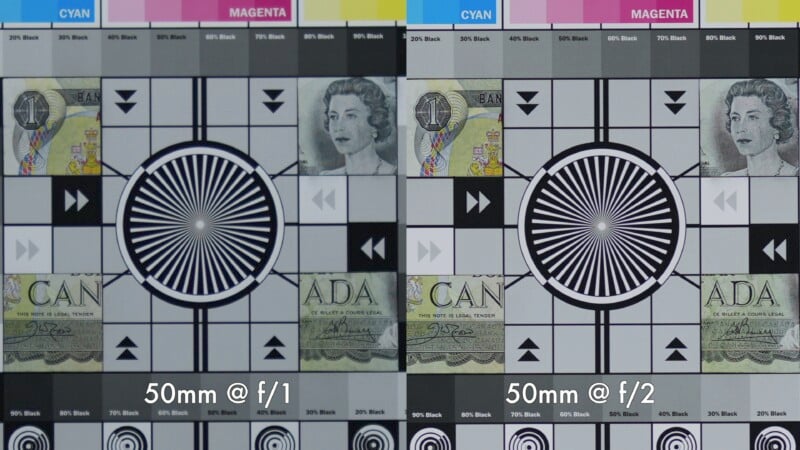
Who Ought to Purchase These Lenses?
I believe the Voigtlander lenses right here justify the upper value by providing sufficient necessary optical efficiency similar to beautiful bokeh and flare resistance whereas nonetheless retaining the quirks and oddities that make lenses like this enjoyable. I usually discover that lots of the Chinese language lenses out there are restricted in scope and may have picture high quality side-effects that both work nice or break the {photograph}. Clearly, although, the vary of Chinese language lenses is voluminous and there are some absolute gems amongst them.
Nonetheless, these Voigtlander lenses appear to be a solution to get enjoyable optics with out the key complications. The 40mm impressed me with its glorious bokeh and compact measurement, and it’s considerably inexpensive than the 50mm. Nonetheless, the blurriness at f/1.2 is limiting, particularly when that could be a main promoting level for the lens. The 50mm f/1 offers you a wider vary of apertures to make use of and performs higher vast open whereas nonetheless giving the enjoyable character inherent in each lenses. It’s extra money nevertheless it is perhaps price it.
[ad_2]
Chris Niccolls
2024-06-15 14:01:53
Source hyperlink:https://petapixel.com/2024/06/15/just-how-good-are-the-voigtlander-nokton-50mm-f-1-0-and-40mm-f-1-2/

